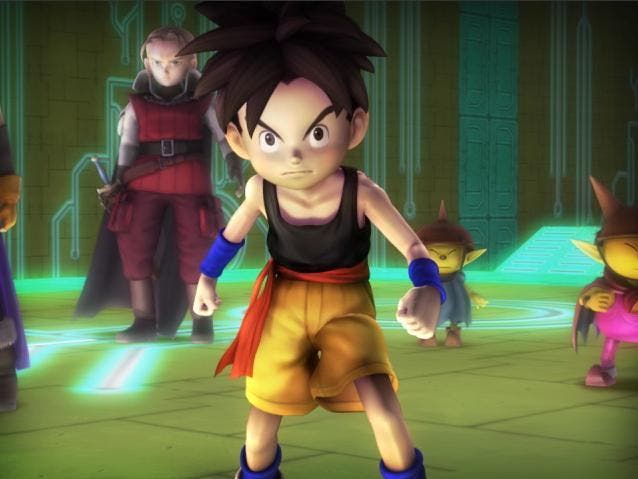Blue Dragon Plus
More than its sum?
When Final Fantasy's creator Hironobu Sakaguchi left Square-Enix in 2002, following the colossal flop that was his flagship series' only venture into Hollywood, nobody knew quite whether his new studio was headed for glory or disaster. Had his simplistic 8-bit Dungeons and Dragons rip-off twenty years earlier been a happy accident? And how much input into Square's output had the man actually had over the following decades? Surely the record-breaking successes of Final Fantasy VII and Chrono Trigger had been down to the worker bee creative force that buzzed around in his esteemed employment, rather than any masterminding from this remote executive producer. Could Sakaguchi really lead the JRPG into a new promised land from his new, semi-retired residence in Hawaii?
Blue Dragon, Mistwalker's first release and an Xbox 360 exclusive, failed to offer an adequate answer to the questions. It was archaic to the point of zombification: an anachronistic product whose waxy 3D characters and sterile environments did little to disguise the worn mechanical cogs that clunked under the hood. It was precisely this conservatism that paid dividends in Japan, where the game became the best-selling Xbox 360 title of the time, but while the unadventurous gameplay may have warmed Japanese hearts towards the ailing gaijin machine upon which it played, Blue Dragon failed to ignite many passions, be they Japanese or Western.
As such, this DS spin-off is unexpected, especially considering the far greater success that Sakaguchi's second release, Lost Odyssey, achieved. But, as the opening moments of Blue Dragon Plus make clear, the super-deformed appearance of hero Shu and his companions, and the colourful, cutesy Toriyama-styled ambiance is much more at home on Nintendo's handheld than it ever was on a Microsoft machine. In part, this might be because Mistwalker has partnered with a different developer for this follow-up. Brownie Brown will be familiar to JRPG fans as one of the sets of hands behind the recent and excellent Mother 3 and its expertise combined with Mistwalker's vision seems to have breathed vibrant life into the Blue Dragon universe.

Contrary to expectations, the game is an amalgam of genres, combining elements of real-time strategy with more traditional RPG character-levelling and storytelling. Later on, you work your way down through the tiered levels of a giant Roguelike dungeon. Missions are set in 3D environments while the characters that inhabit them are detailed pixel sprites, a similar conjoining of 2D and 3D styles to that seen in Heroes of Mana. The titular blue dragons (known as 'shadow summons' in the game), creatures that can be conjured from thin air to aid in battle, are also presented in 3D and, unexpectedly perhaps, the mash-up of visual styles somehow hangs together.
Battles play out in real time and, from the start of the game, require some concentrated micromanagement. You use the d-pad to scroll around the scene or, if you prefer, drag the camera around with the stylus. Clicking on a character gives you direct control of them, and from there clicking on the ground will send them toddling off to that designated point. Selecting any enemy when you have control of a friendly unit instigates an attack and, by clicking icons to the side of the screen you can instantly select all of your units or, if you prefer, draw a Photoshop-esque circle around those you want to group together.

